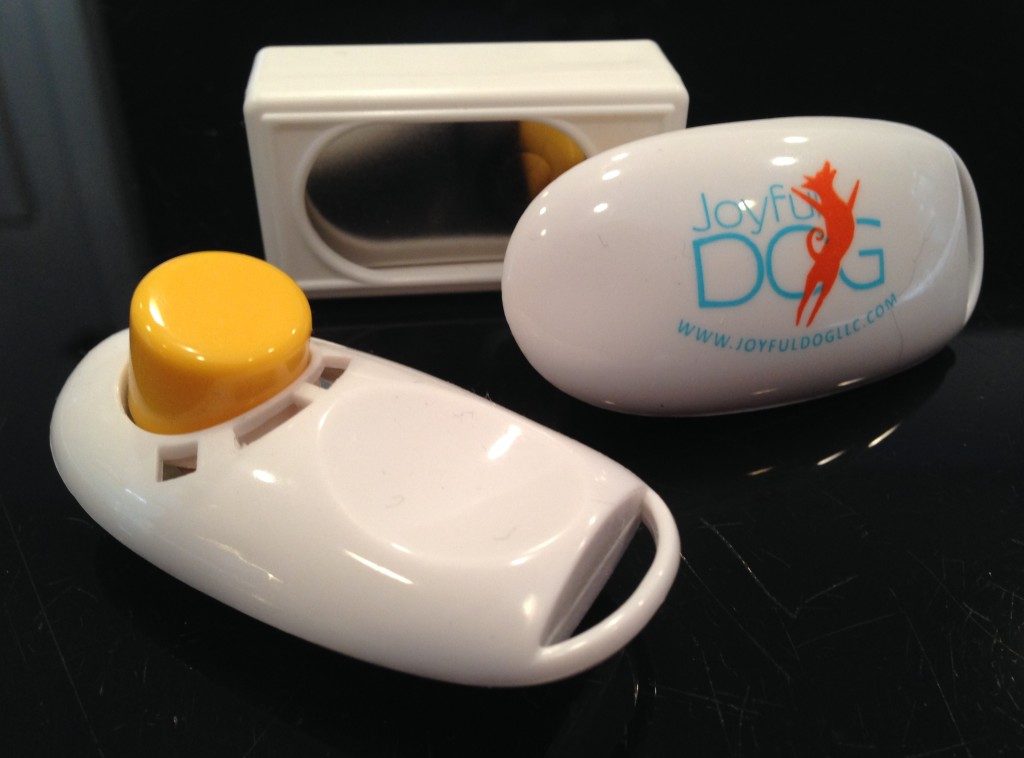Criteria Setting
Every behavior you teach your dog should be approached in a step-by-step manner, and “touch” is no exception!
Do not try and teach too much at one time; divide up the behavior into small increments. For example, if your goal is to have your dog touching your hand from 12 inches away, set them up for success by beginning with your hand about 1/2 – 1 inch away. Only when they become proficient at that distance, can you move your hand 2 inches away.
When she is great at 2 inches, move your hand to 3 inches, and so on. If you’ve moved your hand to the next distance and your dog fails to do the behavior, put your clicker and treats down and bang your head against the wall — you’ve moved too fast!! Pick up your clicker and treats and return to the shorter distance, working it until it’s rock solid. Never add distance until your dog is nearly perfect at the current distance.
This “criteria setting” applies to everything you teach your dog. When you start out working with your dog to walk nicely on a leash, ask her to do this only one or two steps at a time. When that’s going well, add a couple more steps, and so on.
Calling your dog from 100 yards if she’s only responded at 10 yards is asking for trouble and giving her the chance to associate the cue you’ve worked so hard at with failure and confusion. If she comes nicely at 10 yards, set her up for success by calling her from 12 yards the next time.
If she does not come, you now know that you need to go back to 10 yards or split the difference and try her at 11 yards. If she does respond at 12 yards — yippee! Work that distance until you’ve got a recall that would make the angels weep, then try her at a slightly longer distance.

Things to Bring
- Your Pup!
- Well-behaved children and spouses 8 or older.
- A flat collar, harness, or martingale collar.
- Lots of pea-sized soft treats in at least two different flavors. 200 tiny pieces are not too many. Some suggestions: Hot dogs, String cheese, Meatballs, Chicken or Tuna, Baby food (in a camping tube), Vienna sausages, Liverwurst, Thin-sliced Beef.
- A fanny pack, carpenter’s apron, or treat pouch to hold your 200 tiny pieces.
- A 6-foot leash.
- A mat, bathmat, towel, or blanket for your puppy or dog to rest on.
- Water and a bowl for when your pup gets thirsty.
Do's and Don'ts
- Do let us know if your pup has any food allergies so that we can be careful not to give him a troublesome treat.
- Don’t bring prong, choke, shock, or citronella collars.
- Don’t bring Flexi or other retractable leashes.
- Puppies and dogs should not meet while on leash in class, or while coming and going. There will be opportunities for off-leash play for compatible puppies, and good neighbor exercises for older pups and dogs.
- Don’t feed a heavy meal before coming to class. In fact, your in-class treats can serve as your dog’s breakfast on class day!
- If your puppy or dog is ill, please leave him at home to recuperate, but feel free to come to class without him so that you can learn what’s on the agenda for that day.

